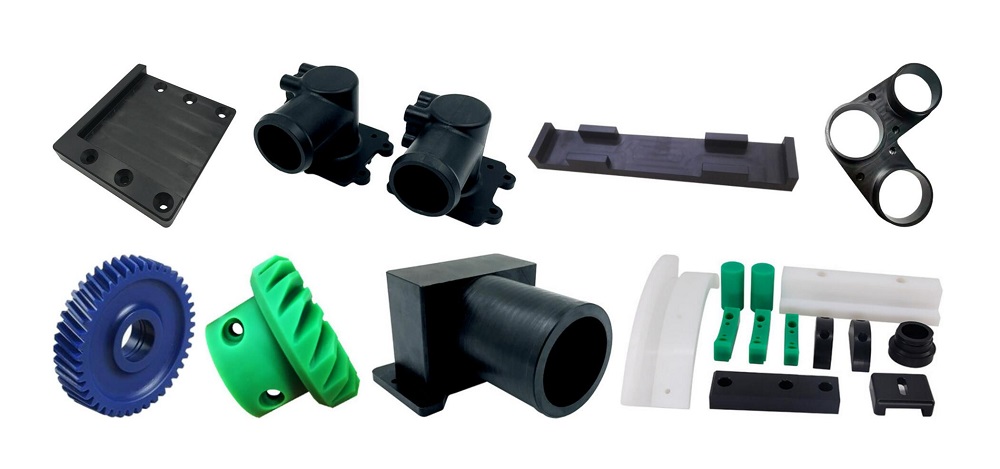What is the power divider? Why does the wireless bridge use the splitter? How to use the splitter? This article is for everyone to answer.
1, what is the splitter
The power splitter is called a power splitter and can divide one input signal into two or more outputs. In turn, it can combine multiple signals into one output. Using a power splitter in a wireless bridge is allocating the one-way signal output by the bridge to multiple antennas.
Application Scenario: In the case of wireless coverage or multiple antennas as the receiving end, allocating the one-way signal output by the bridge to multiple antennas, these antennas can include indoor and outdoor, to achieve indoor and outdoor simultaneous coverage.
2, why use the splitter
The use of splitters in wireless bridges can save investment and save costs.
In wireless monitoring systems, when many customers use multiple transmitters and receivers to transmit video signals, if the receiver does not have enough angles, it can only use omnidirectional antennas to receive signals. The gain of omnidirectional antennas is small and the transmission distance is also small. Very close. At this time, the power splitter is used to increase the antenna of the receiving end to increase the receiving angle. Using this method to make the receiving device not only saves the cost of the engineering equipment, but also has a much longer transmission distance than the omnidirectional antenna.
3, how to use the splitter
The power splitter can be either "combined" or "split" and can be used on the transmitter or on the receiver.
At the transmitting end: A splitter can be connected to the antenna interface at the transmitting end, and the signal can be divided and transmitted through the antenna. According to the actual situation, it needs to divide the number of road signals and then pick up the number of road dividers.
At the receiving end: all at the receiving end are used to expand the receiving angle of the receiving end. The power splitter externally connects the high-gain antenna to achieve a full-range reception or achieve a satisfactory angle. Therefore, the transmission distance is longer than that of the omnidirectional antenna. The way to receive is far more.
4, the use of power splitter drawbacks
Anything has both advantages and disadvantages, and its advantages are certainly lacking. Influencing the transmission distance: Since the power divider is used to reduce the power, it will definitely affect the transmission distance. At this time, the antenna gain can be increased. Blind spots: After using the power divider, the network performance will be reduced and some blind spots will be formed. Increase the amount of maintenance: The use of splitters for the operation and maintenance work, invisibly added a fault node, the quality of the splitter directly affects the quality of the network.
5, using power splitter precautions
The power splitter can be used within three kilometers of the transmission distance. If the long distance wireless video transmission is still not recommended, the power splitter is not recommended. If the power splitter is used, if an output port does not receive the base station output signal, it must be connected. Matching load (ie, load resistance) should not be unloaded; using a power splitter can increase antenna gain if the transmitted distance is reduced much.
Author: Professional wireless bridge equipment and solution provider of rich technology.
Plastic Precision Machining
In the CNC machining industry, in addition to metal CNC machining, plastic CNC machining is also relatively common. The two are also very different in terms of machining, the selected tools are also different, and there are also essential differences in speed and cooling. Due to the internal stress of the plastic, it is easy to crack and deform, so in the process of processing, it is necessary to control the speed of the tool and the problems of cooling. In short, CNC machining of metal parts and plastic parts is essentially different in the selection of tools, programming of tool paths, determination of tool speed and determination of cooling schemes. It is necessary to fully select and design materials according to material characteristics and processing experience. Only by determining various factors can we produce efficient and qualified products.
Machining metal parts and machining plastic parts are two separate departments at SCZY, each with its own processing equipment, tools and processing technicians. This ensures the durability of the equipment and the experience and professionalism of the technicians. Please contact us to discuss CNC machining knowledge.

